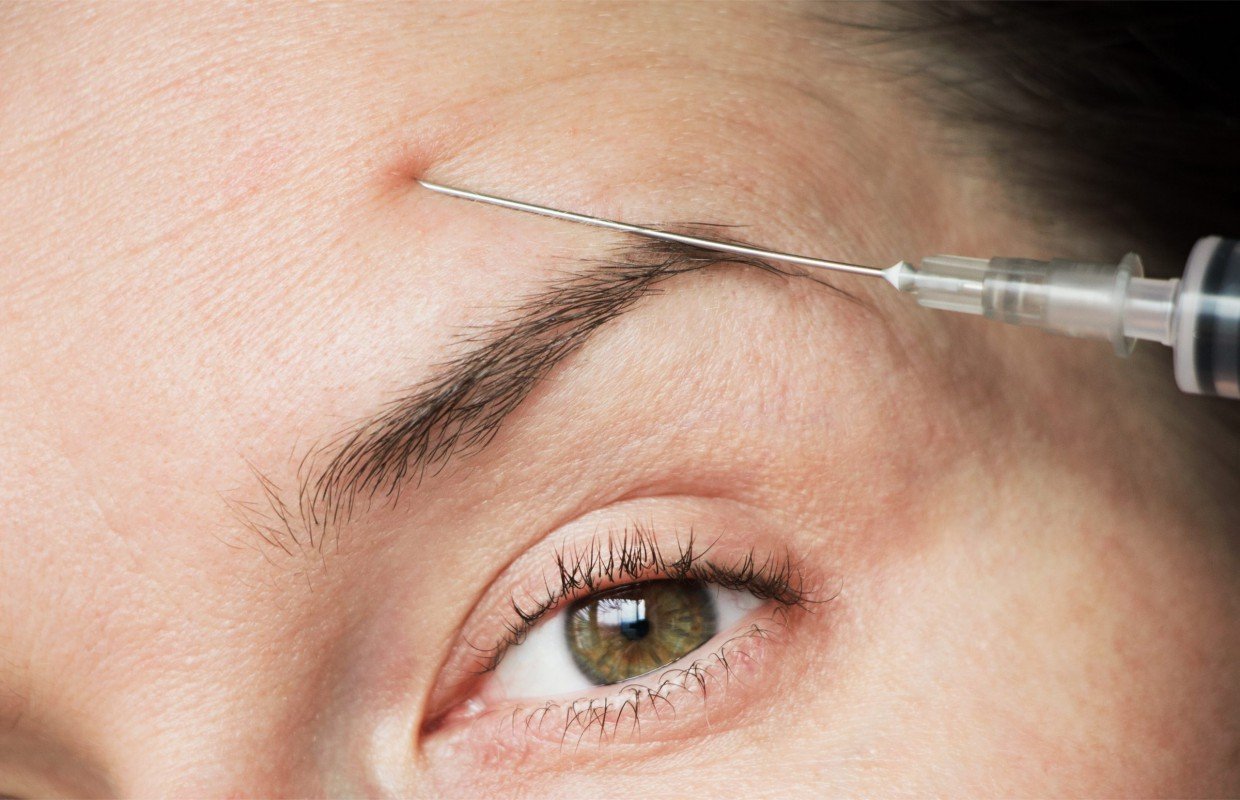

Botox and the masseter muscle
Treat your TMJ, jaw pain, and lower face asymmetry and even achieve facial slimming through a quick and highly effective procedure

Common East Asian facial structures and their aesthetic ideals
People who are ethnically Asian are notably heterogenous in facial features. As a result, a uniform approach to treatment without regard of ethnic background may yield dissatisfying results at best and unanticipated complications at worst. With this in mind, Sundaram et al. (2015) developed a patient-tailored guide based on three most common East Asian facial structures.

The effects of Botox on acne, rosacea, and psoriasis
The applications of Botox and other neuromodulating products extend far beyond just treating and relaxing wrinkles. In fact, the initial use of Botox back in the late ‘90s to early ‘00s was to treat strabismus, or ‘crossed eyes.’ From there, ophthalmologists and other eye specialists extended its use to treating eye twitches, muscle dystonia, and complications from neuromuscular disorders.

Botox vs. Dysport vs. Xeomin
Botox, Dysport, and Xeomin are products that are all derived from the bacteria, Clostridium botulinum. Although the bacteria is highly poisonous in nature, once purified and stabilized to form Botulinum toxin-A, it is used widely to treat facial asymmetry, wrinkles/creases, muscle spasticity, migraines, hemorrhoids, and more. Within the field of aesthetic medicine, our focus is on treating deep wrinkles and lines, address areas of skin sagging, as well as relaxing hypertrophied muscles, such as the masseter muscle.

